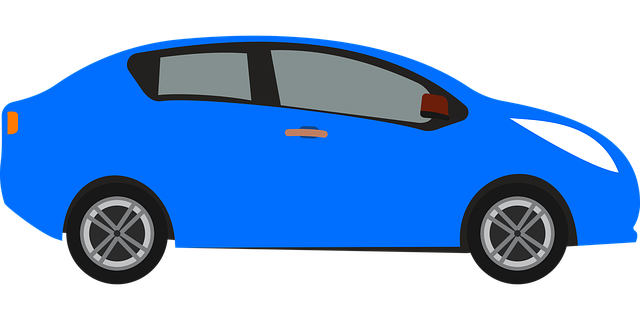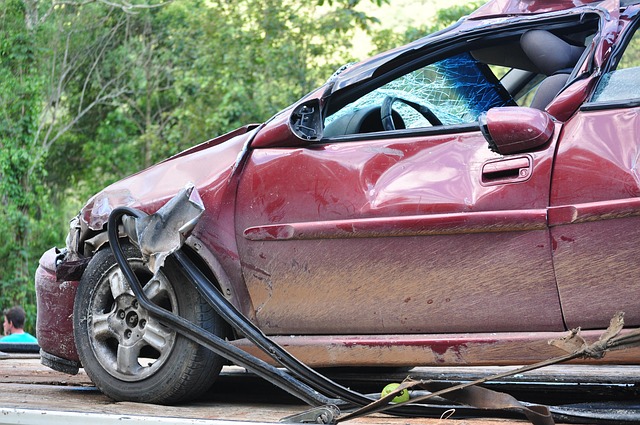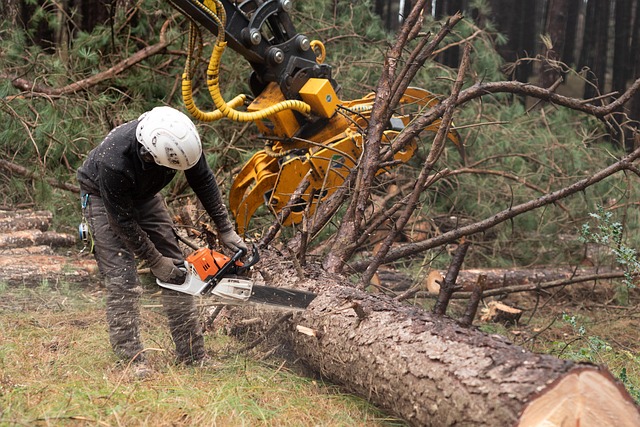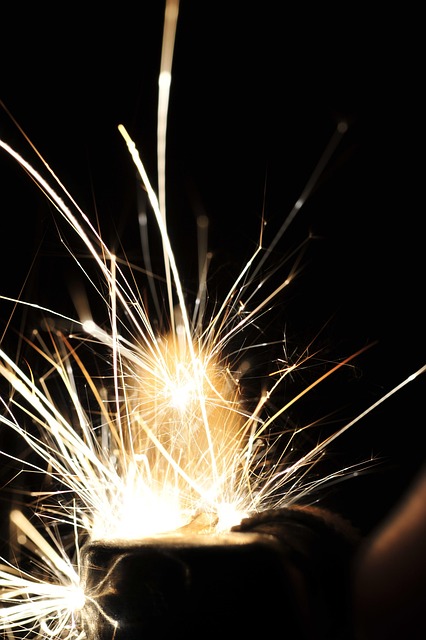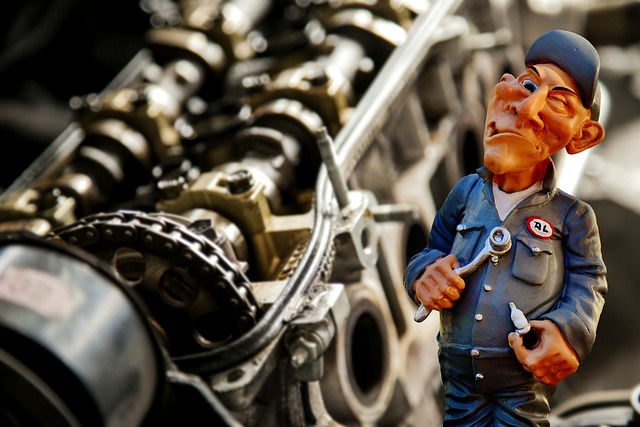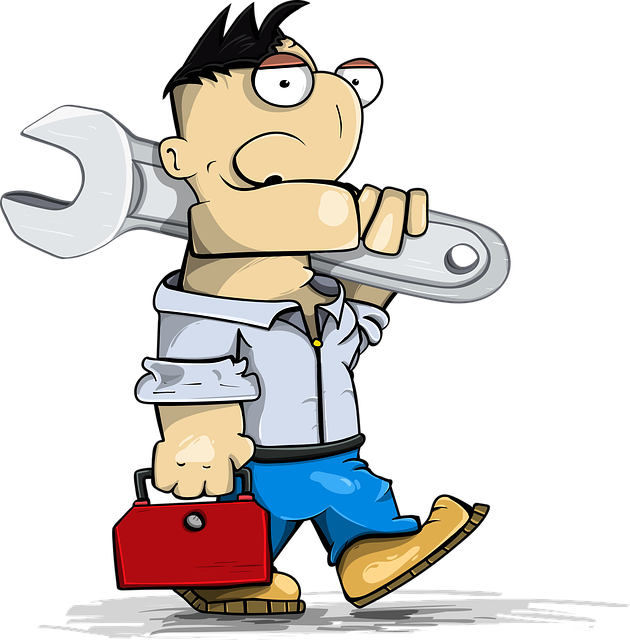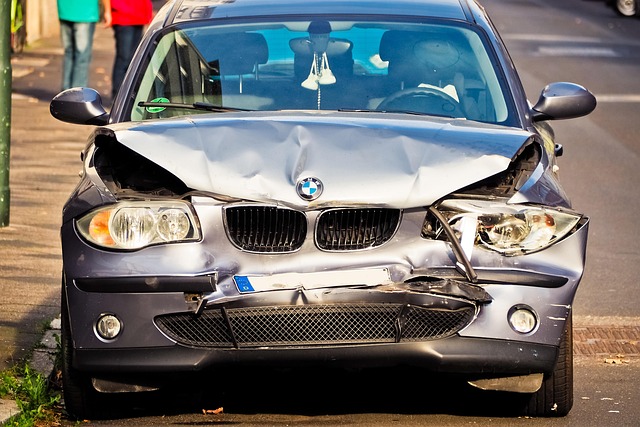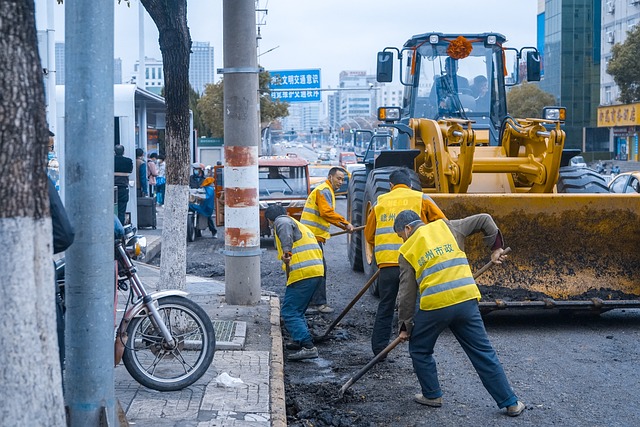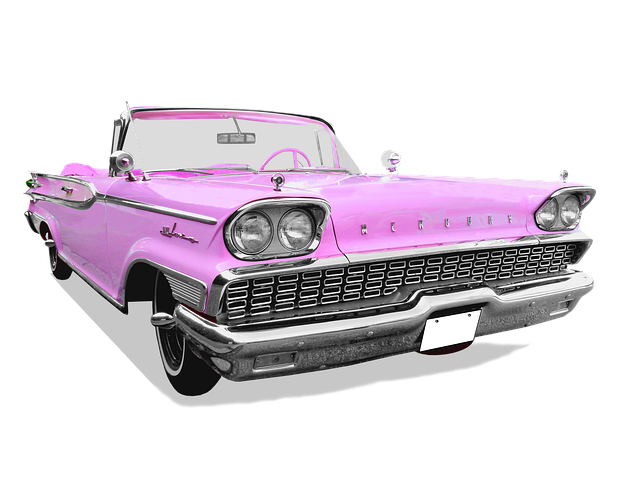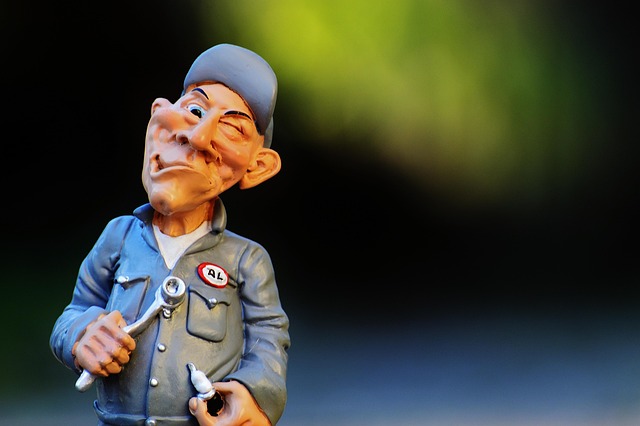Emergency collision repair is crucial for both safety and vehicle preservation after an accident. It involves assessing damage, ranging from minor dents to major structural issues, and employing appropriate techniques. For simple repairs, quick on-site solutions can be provided, while severe cases demand specialized facilities and trained technicians for complex frame repairs, panel replacements, and paint jobs. Strict safety protocols ensure not just vehicle restoration but also the well-being of all involved.
“In moments of unexpected automotive emergencies, swift and expert intervention is crucial. ‘Emergency Collision Repair’ stands as a vital service, offering immediate solutions for both minor and major vehicle damage. This comprehensive guide navigates through the critical aspects of emergency repairs, elucidating when it’s necessary, and how it differs in scope for lesser versus severe incidents.
From understanding the initial assessment to the meticulous repair process, this article provides insights into the steps involved, empowering you with knowledge about this game-changing service.”
- Understanding Emergency Collision Repair: When and Why It's Necessary
- Minor vs Major Vehicle Damage: What Determines the Repair Scope?
- Steps Involved in Emergency Collision Repair Process
Understanding Emergency Collision Repair: When and Why It's Necessary
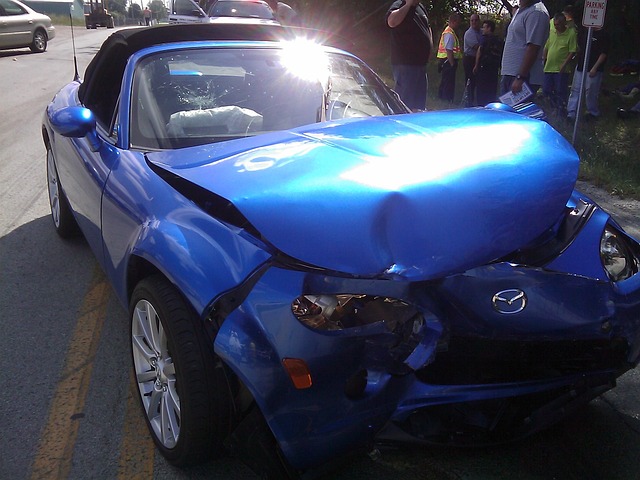
In the event of a collision, whether minor or major, immediate attention is crucial for both safety and vehicle preservation. This is where emergency collision repair comes into play. It’s not just about fixing a few dents; it involves addressing structural damage, ensuring the vehicle is safe to drive, and restoring its pre-accident condition. Emergency collision repair is necessary when quick action is required to prevent further harm or compromise the vehicle’s integrity.
Time is of the essence in emergency situations, as delay can lead to more extensive repairs later. Dent removal techniques, along with auto frame repair and car paint services, are key components of this process. Skilled technicians employ advanced tools and methods for dent removal, meticulously repairing the body panels. Auto frame repair focuses on realigning and reinforcing the vehicle’s structural framework, while car paint services restore the aesthetic appeal by matching the original color and finish precisely.
Minor vs Major Vehicle Damage: What Determines the Repair Scope?
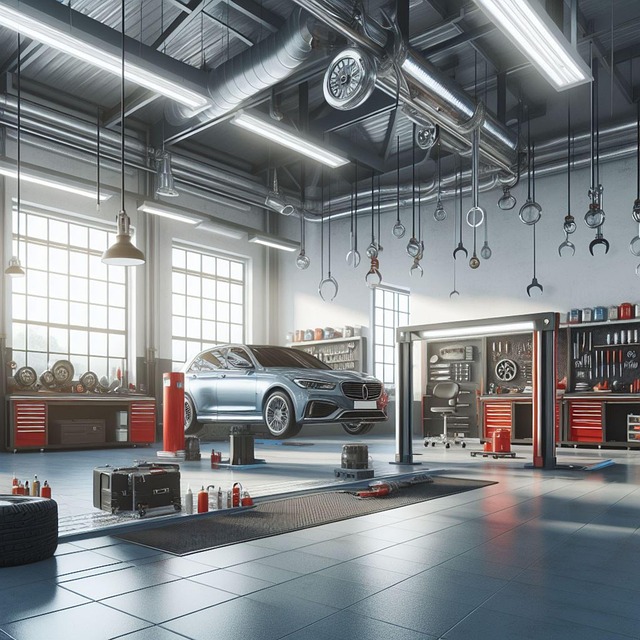
When it comes to emergency collision repair, understanding the difference between minor and major vehicle damage is crucial. Minor damage typically includes small dents, scratches, or chips in the paint, which can often be repaired with simple techniques like painting over or using touch-up kits. These types of repairs are usually quick, relatively inexpensive, and don’t require extensive body shop services. On the other hand, major vehicle damage involves structural issues, such as crumpled fenders, bent frames, or damaged suspension systems. These complex problems necessitate more sophisticated emergency collision repair methods and often require a fully equipped body shop with specialized tools and trained technicians, like those found in Mercedes Benz repair centers.
The scope of repair is largely determined by the extent of the damage, affecting both time and cost. Minor repairs can be handled promptly, ensuring the vehicle is back on the road in no time. In contrast, major repairs may take longer due to their intricate nature and the need for specific parts and techniques. While a car scratch repair might be as simple as a quick visit to a local shop, addressing significant collision damage often involves a more involved process, requiring careful assessment and execution to ensure both safety and aesthetic restoration.
Steps Involved in Emergency Collision Repair Process

When a vehicle experiences a minor or major collision, immediate action is crucial to ensure safety and mitigate further damage. The emergency collision repair process involves several critical steps. First, assess the extent of the harm; this includes inspecting the car’s exterior for dents, cracks, or any fluid leaks, as well as checking the functionality of lights and signals. For minor damages, on-site repairs can be conducted, such as using specialized tools to straighten panels or replace damaged parts like bumpers and fenders. These quick fixes allow the vehicle to be driven safely while awaiting more extensive work.
For more severe car collision repair cases, the process becomes more intricate. The vehicle is towed to a trusted auto detailing or bodywork service where professionals employ advanced techniques and equipment. This may include structural repairs to ensure the car’s frame is safe, panel replacement, and even paint jobs to restore the vehicle’s aesthetic appeal. Throughout, safety protocols are rigorously followed, guaranteeing that the repair process not only fixes the car but also ensures the well-being of the driver and passengers.
Emergency collision repair is a vital service that ensures drivers’ safety and peace of mind. Whether dealing with minor or major vehicle damage, understanding the process and knowing when to seek immediate attention can prevent further complications. By quickly addressing collision repairs, drivers can minimize downtime, reduce the risk of secondary damages, and restore their vehicles to their pre-accident condition. This efficient service is a game-changer in today’s fast-paced world, allowing individuals to get back on the road promptly and safely.
